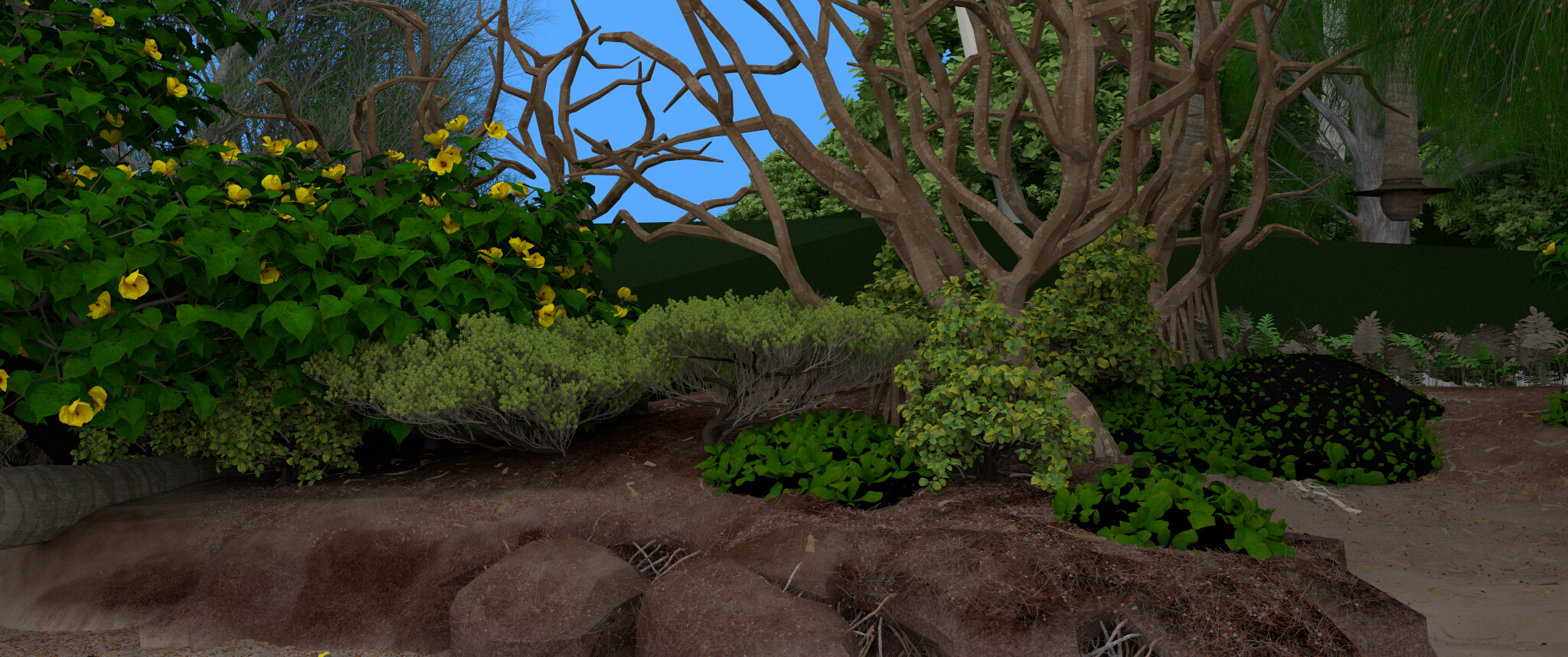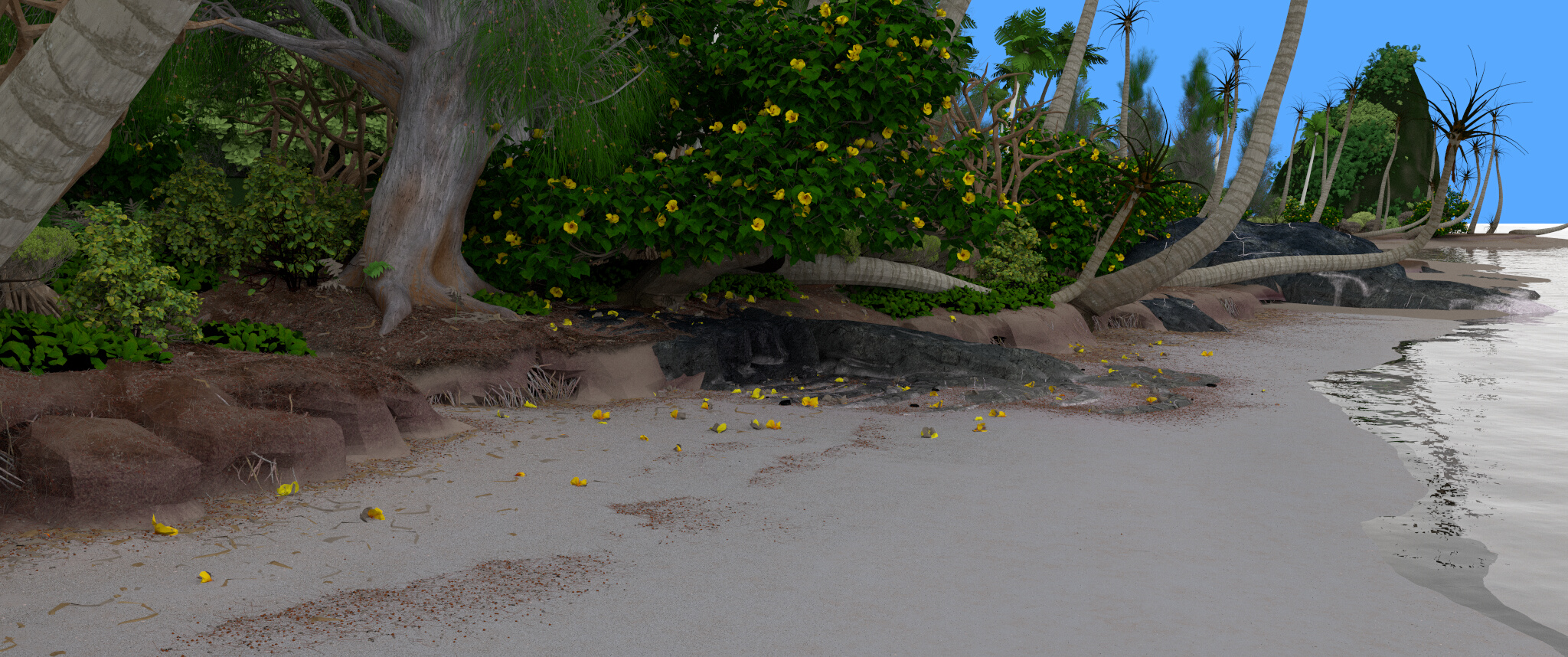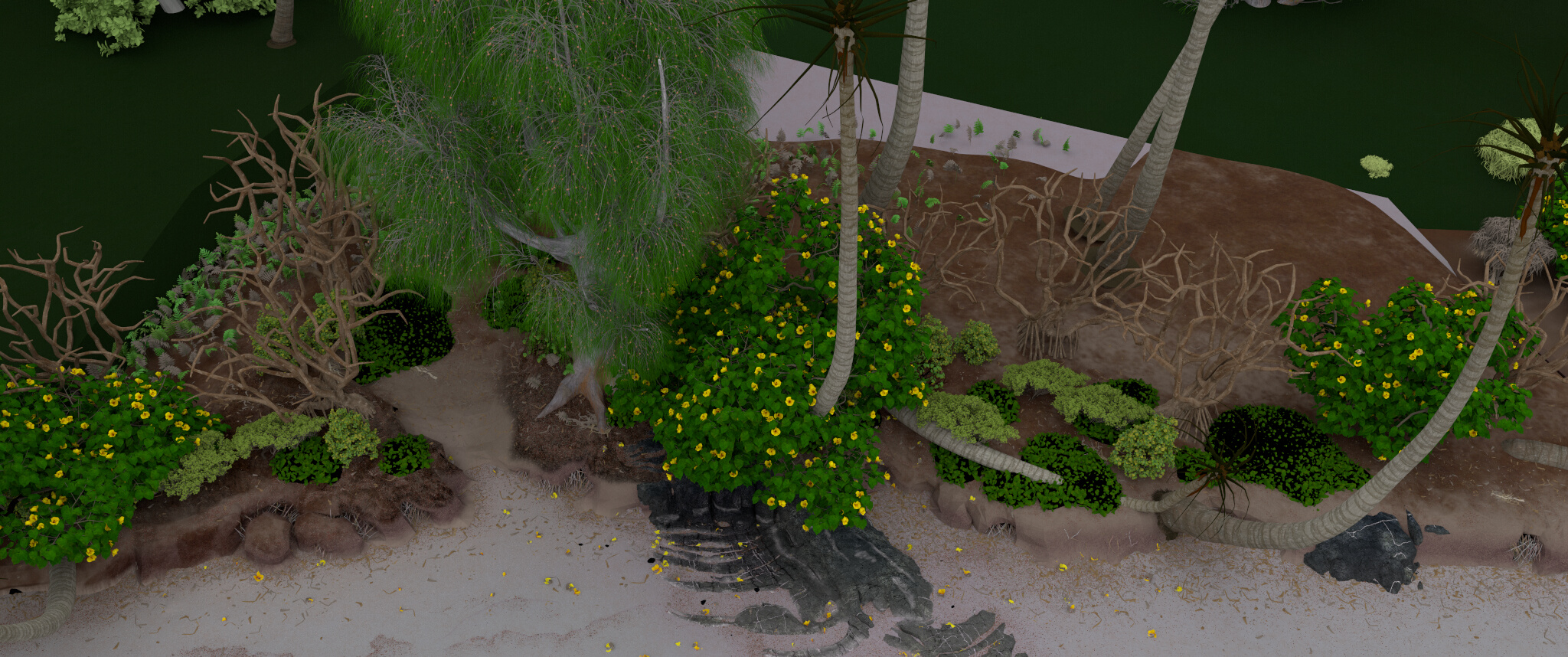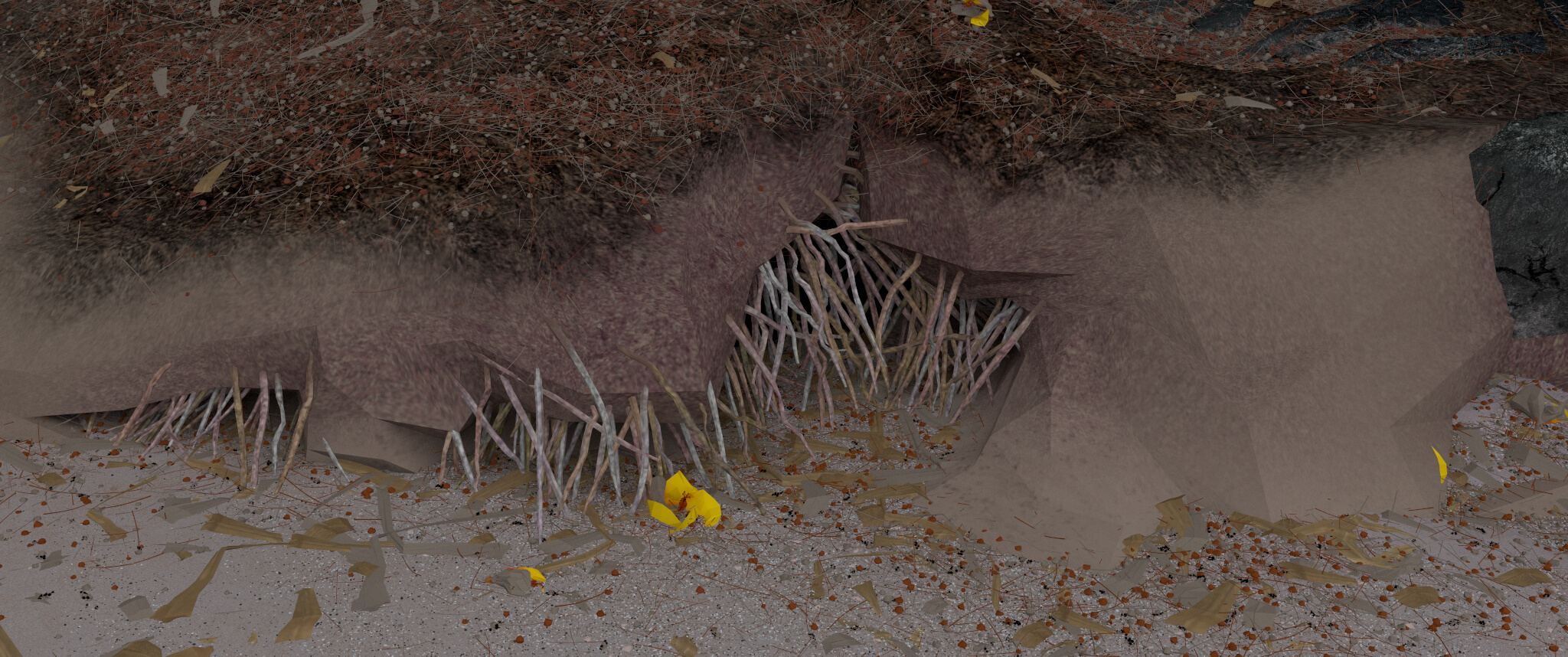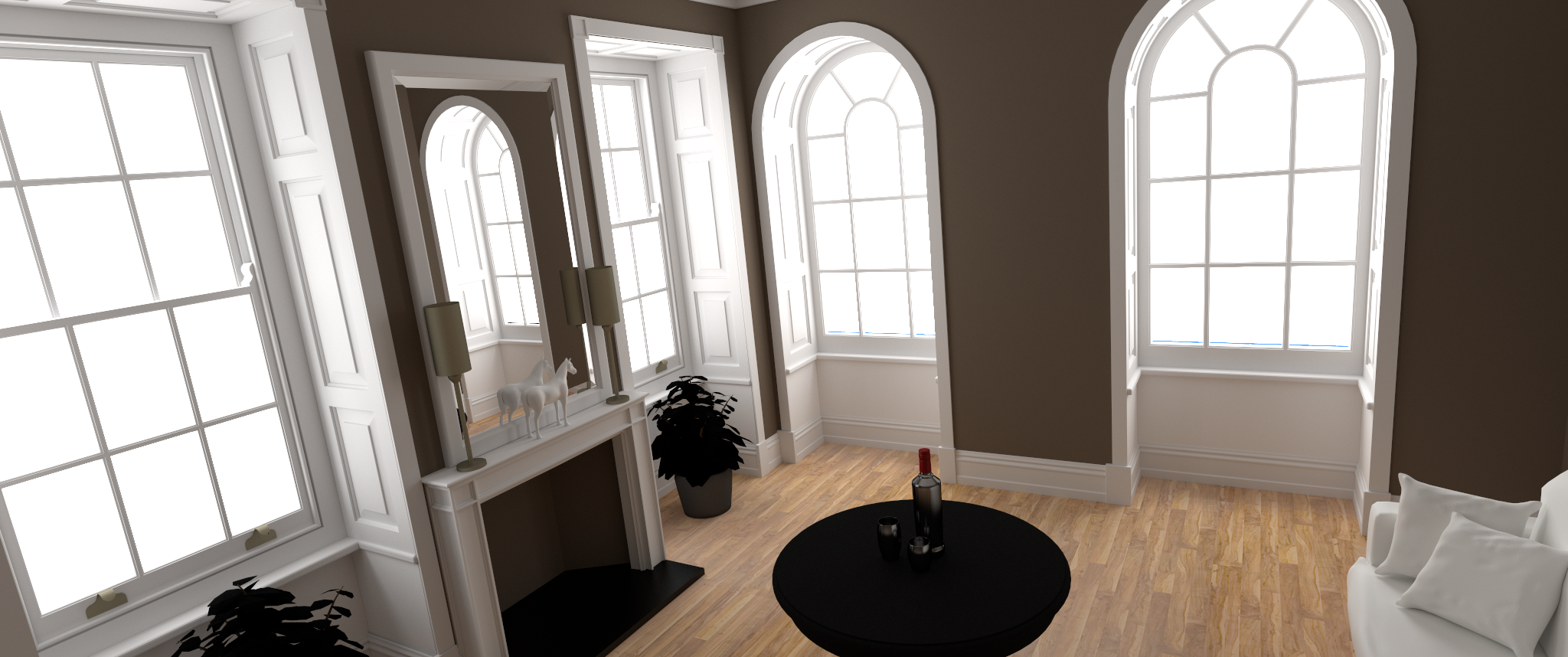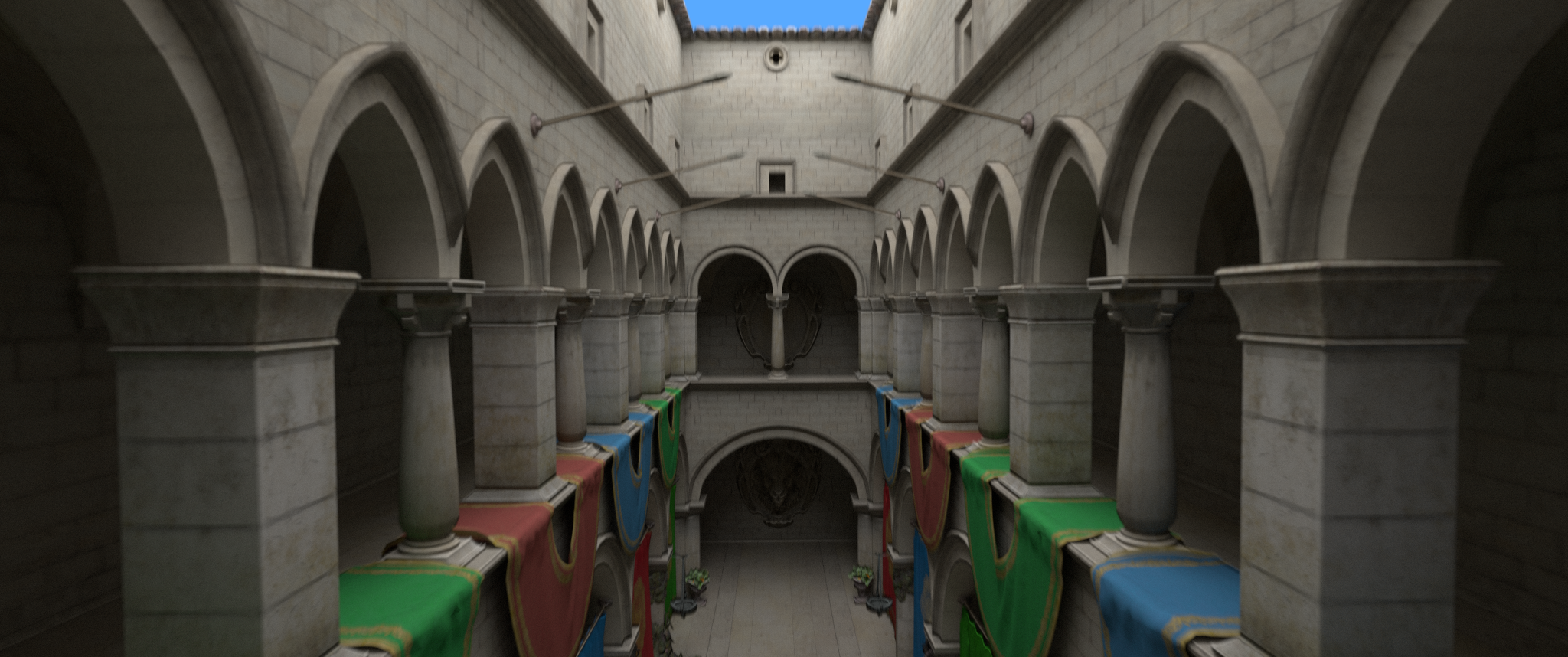Visionaray - A C++ ray tracing template library
Visionaray's strengths are:
- Open Source: Visionaray is licensed under the flexible MIT license.
- Cross-platform: Intel CPUs, Nvidia GPUs, Xilinx FPGAs (work in progress). No duplicate code, all platforms targeted from the same C++ code.
- High flexibility through kernel- and scheduler-based architecture. Kernels describe what a ray does, schedulers describe how a ray is spawned.
- Built-in kernels: simple ray casting, "Whitted"-style ray tracing, "Kajiya"-style path tracing.
- Built-in schedulers: simple (scanline, single-threaded), tiled (multi-threaded), TBB, CUDA.
- User can write custom schedulers and kernels.
- Built-in performance primitives: SIMD short vector library, fast SBVH builder and traversal, texture support, physically based materials, etc.
- VR support: Visionaray comes with a plugin for the virtual reality renderer OpenCOVER.
Download Visionaray: http://github.com/szellmann/visionaray
Documentation: https://github.com/szellmann/visionaray/wiki
Tutorial Series on medium.com: https://medium.com/@stefanzellmann
Facebook Site: https://www.facebook.com/visionaray

